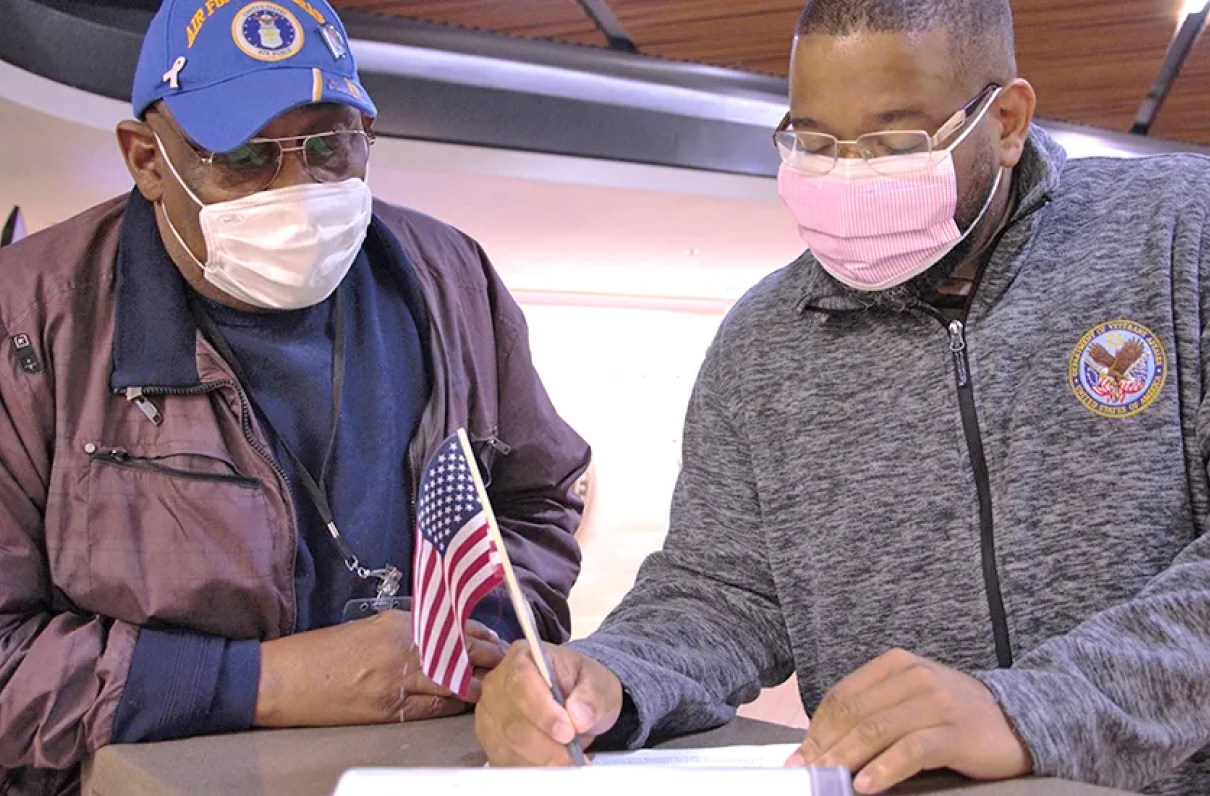The VA recently updated MOAA and other veterans service organizations on its efforts to improve patient advocacy across its health care system, with details on its Office of Patient Advocacy (OPA) and ways for veterans (and their representatives) to file and track complaints online.
In 2016, Congress required the VA to establish the OPA in the Comprehensive Addition and Recovery Act (CARA). The office was officially established in 2017 to provide veteran-centered advocacy services and to help resolve health care complaints that cannot be resolved at the point of the health care service.
While medical facilities have always had patient advocates, this is the first time for a department-level office to be established that reports to the under secretary of the Veterans Health Administration (VHA). The office is charged with providing a centralized and standardized management approach to patient advocacy in the field. The effort aligns the current secretary’s vision to provide world class customer service and modern health care system for veterans.
[RELATED: VA Marks 100 Years of Health Care for Women Veterans]
The law also required the VA to establish a patient advocate tracking system to compile complaint data filed at each medical facility and veterans’ satisfaction with such care to assess trends and improve health care services.
What Do Patient Advocates Do?
In short, the patient advocate is the liaison between the veteran and the VA medical facility. The advocate makes sure the veteran’s voice is heard and works with other medical staff to address questions and problems.
The words for “patient advocate” may vary by medical facility – patient representative, patient liaison, patient relations, veterans experience, consumer advocate, customer service representative, or another title – but their roles remain the same: They advocate for the veteran and serve as an additional set of eyes and ears for the VA’s hospital or clinic operations.
Patient advocates are responsible for:
- Managing the grievance and complaint process.
- Educating staff and veterans on patient advocacy.
- Explaining health care policies and procedures to veterans.
- Providing excellent customer service.
- Using mediation and conflict resolution when there is a breakdown in communication between a veteran and staff or provider.
- De-escalating conflict or behavior.
- Providing support to veterans struggling to understand their care plan or navigating the health care system.
- Reporting data and trends to leadership to make system improvements.
- Serving on various medical facility committees to share the veteran’s voice.
- Reporting suspected veterans abuse or neglect.
[RELATED: New VA Campaign Highlights End-of-Life Benefit Offerings]
There are 650 patient advocates across the VHA – most at VA medical centers, and some at larger community-based outpatient clinics. The OPA provides the necessary policy, guidance, and job-related resources for individual field patient advocacy programs.
Patient Advocate Tracking System and the Complaint Resolution Process
Gone are the days when veteran complaints were case managed via email. Doing away with case management by email has transformed how the VA manages and tracks complaints. The new Patient Advocate Tracking System-Replacement (PATS-R) is the modern cloud-based technology platform where all patient advocate data is entered into a single system.
The VHA has established a standardized process for connecting with veterans to communicate, document, and resolve their complaints. The process integrates with PATS-R to provide real-time feedback for faster resolution at the lowest level possible and data transparency to target system improvements.
Last year, Congress directed OPA to establish an electronic filing system that would allow veterans or their designated representative to submit an online complaint and to track it through the resolution process. Veterans or their representative can submit a complaint at Ask VA (AVA). The site will allow complaints to be submitted through one of the secure login sites, such as like MyHealtheVet or ID.me, or without an account.
[RELATED: VA Officials Sound Alarm on Benefits Scams, Launch New Web Resource]
VA’s motto, “patient advocacy is everyone’s responsibility,” has been fully embraced through the mission and role of the OPA. The OPA’s current and future focus is to standardize and refine the roles and responsibilities of the patient advocate workforce and facility and network level advocacy programs and practices. The office hopes its efforts provide a tangible means to build trust with veterans and demonstrates VHA’s commitment to delivering the world class health care and customer service they have earned through service.
More Members Mean More Influence Over Our Health Care
Get involved and make sure your interests are addressed. Because the larger our voice is, the greater our impact will be.

